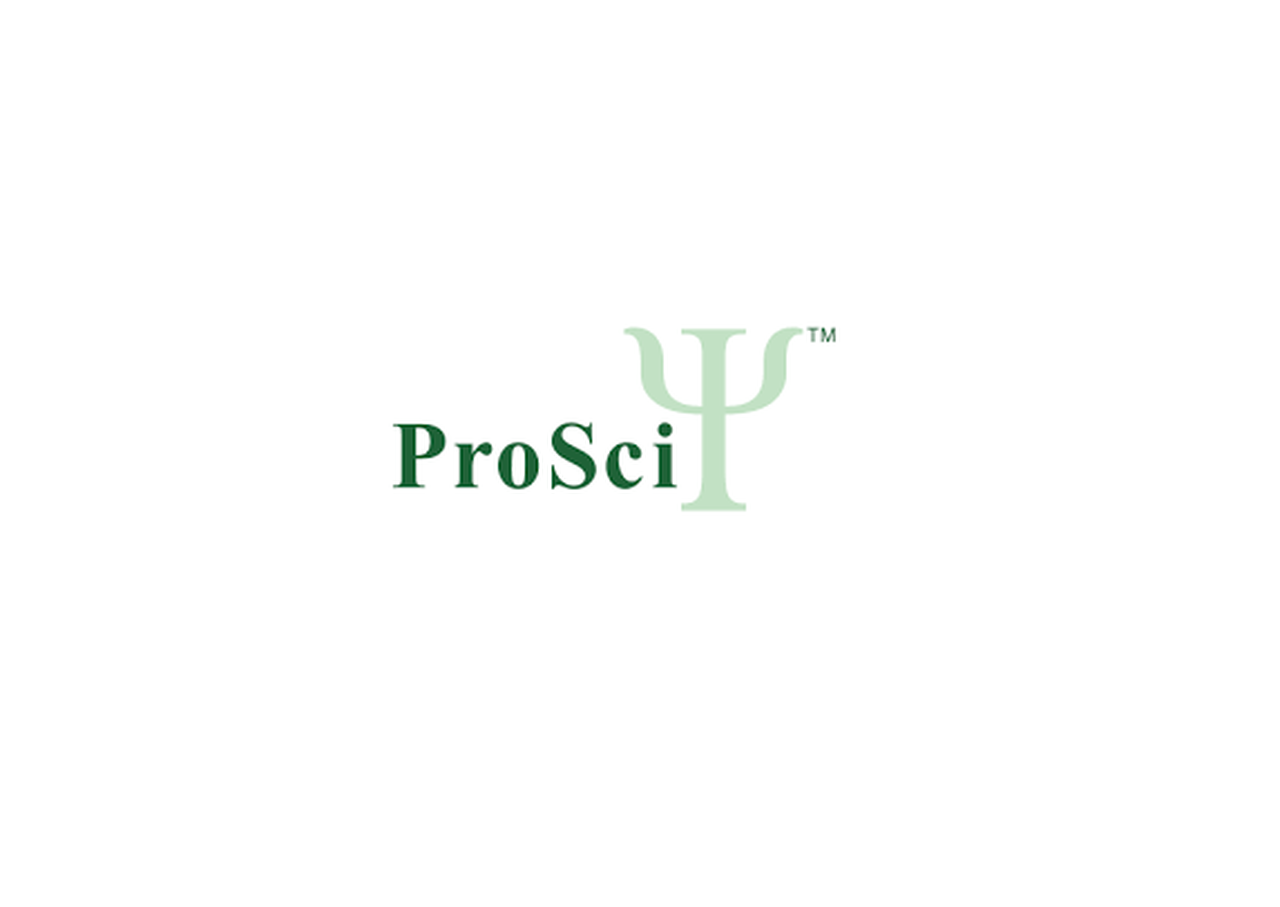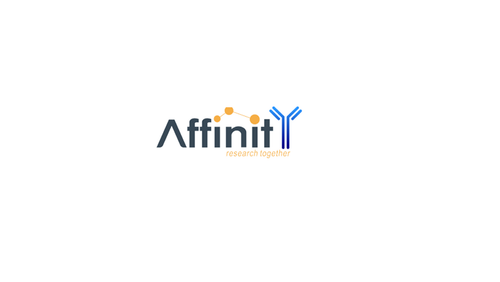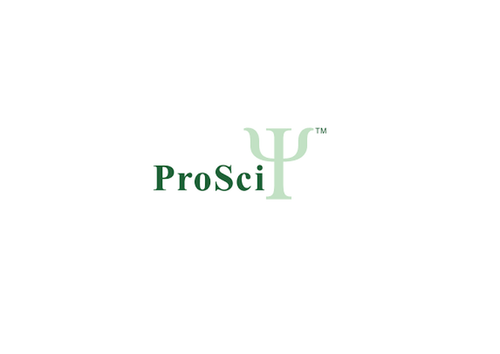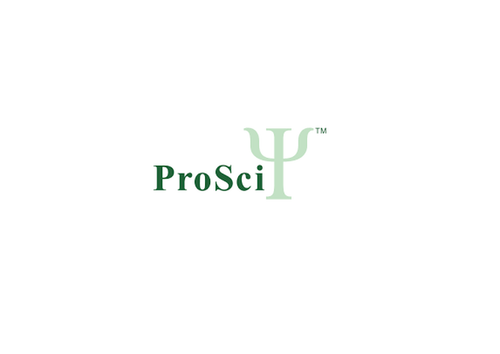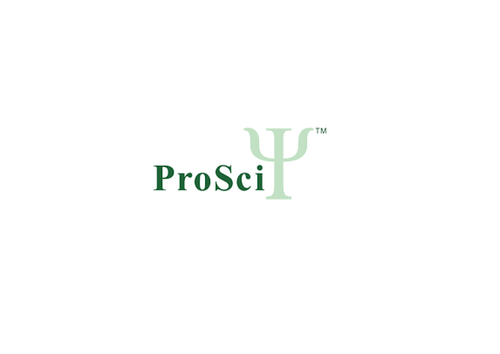Product Description
PRL1 Antibody | 63-471 | ProSci
Host: Rabbit
Reactivity: Human, Mouse
Homology: N/A
Immunogen: This PRL1 antibody is generated from rabbits immunized with a recombinant protein encoding full length of human PRL1.
Research Area: Signal Transduction
Tested Application: WB
Application: For WB starting dilution is: 1:1000
Specificiy: N/A
Positive Control 1: N/A
Positive Control 2: N/A
Positive Control 3: N/A
Positive Control 4: N/A
Positive Control 5: N/A
Positive Control 6: N/A
Molecular Weight: 20 kDa
Validation: N/A
Isoform: N/A
Purification: This antibody is prepared by Saturated Ammonium Sulfate (SAS) precipitation followed by dialysis
Clonality: Polyclonal
Clone: N/A
Isotype: Rabbit Ig
Conjugate: Unconjugated
Physical State: Liquid
Buffer: Supplied in PBS with 0.09% (W/V) sodium azide.
Concentration: batch dependent
Storage Condition: Store at 4˚C for three months and -20˚C, stable for up to one year. As with all antibodies care should be taken to avoid repeated freeze thaw cycles. Antibodies should not be exposed to prolonged high temperatures.
Alternate Name: Protein tyrosine phosphatase type IVA 1, PTP (CAAXI) , Protein-tyrosine phosphatase 4a1, Protein-tyrosine phosphatase of regenerating liver 1, PRL-1, PTP4A1, PRL1, PTPCAAX1
User Note: Optimal dilutions for each application to be determined by the researcher.
BACKGROUND: The protein encoded by this gene belongs to a small class of prenylated protein tyrosine phosphatases (PTPs) , which contains a PTP domain and a characteristic C-terminal prenylation motif. PTPs are cell signaling molecules that play regulatory roles in a variety of cellular processes. This tyrosine phosphatase is a nuclear protein, but may primarily associate with plasma membrane. The surface membrane association of this protein depends on its C-terminal prenylation. Overexpression of this gene in mammalian cells conferred a transformed phenotype, which implicated its role in the tumorigenesis. Studies in rat suggested that this gene may be an immediate-early gene in mitogen-stimulated cells.PRL phosphatases increase cell proliferation by stimulating progression from G1 into S phase. PRL-1 function is regulated in a cell cycle-dependent manner and implicate PRL-1 in regulating progression through mitosis, possibly by modulating spindle dynamics.
 Euro
Euro
 USD
USD
 British Pound
British Pound
 NULL
NULL

